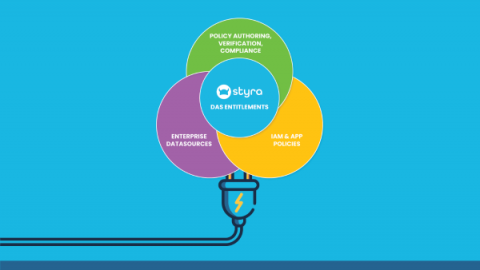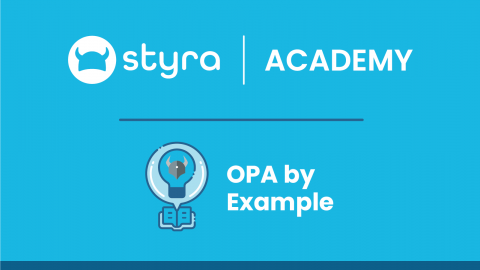How Styra DAS Entitlements Power Application Authorization
With the power of modern cloud computing, enterprises are building and updating applications quicker than ever. Expanding your business through the cloud is a fast-paced endeavor, which can be daunting to IAM teams more familiar with on-premises setups. While running applications on self-hosted infrastructure is still a best practice in some cases, businesses are finding it easier than ever to find and pounce on opportunities for growth by shifting to the cloud.







